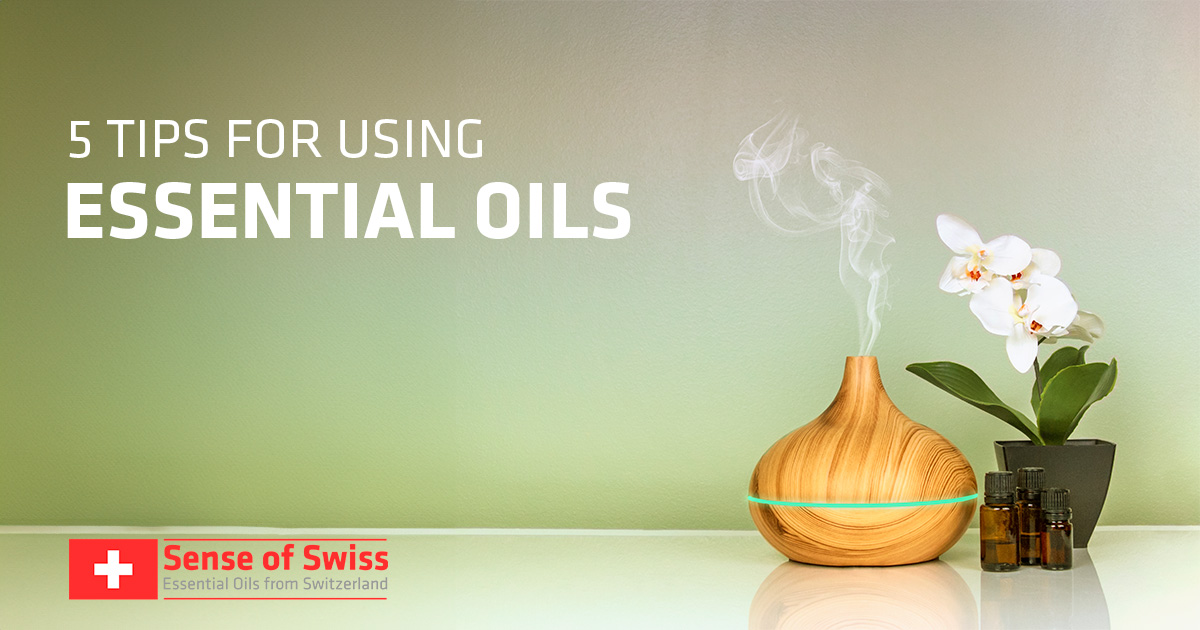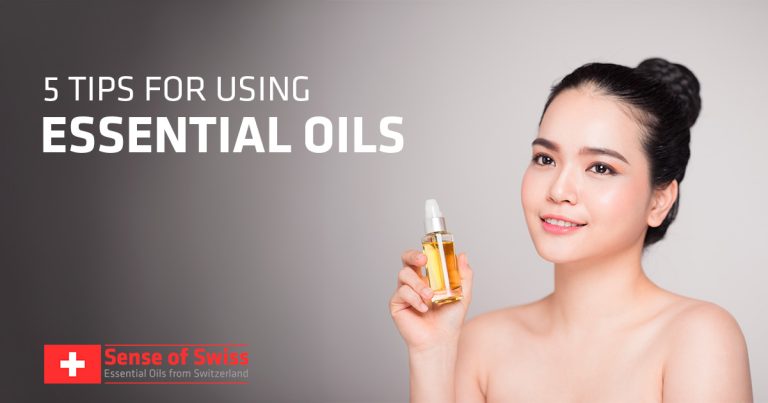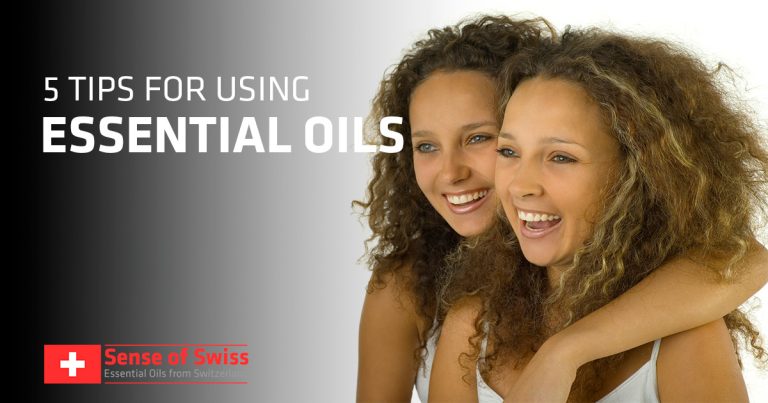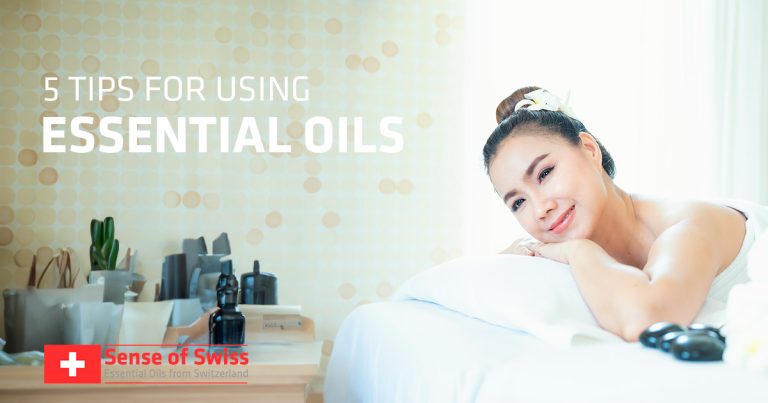
Essential oil diffusers are devices that disperse essential oils into the air, allowing their aromatic and therapeutic properties to be experienced.
There are several types of essential oil diffusers, each with its own features and benefits. Here are some common types:
Ultrasonic Diffusers
These diffusers use ultrasonic vibrations to break down essential oil molecules into a fine mist that is released into the air.
They also function as humidifiers, adding moisture to the air.
Typically feature LED lights for ambiance.
2. **Nebulizing Diffusers:**
– Nebulizers use a high-pressure air stream to break down essential oils into tiny particles, creating a concentrated and pure aroma.
– They don’t require water, so the undiluted essential oil is released into the air.
– Often considered more potent but may use oils more quickly.
3. **Evaporative Diffusers:**
– These diffusers use a fan to blow air through a filter or pad that contains essential oils.
– As the air passes through, it evaporates the oil and releases the aroma.
– Simple design, but may not be as effective as some other types.
4. **Heat Diffusers:**
– Heat diffusers use heat, usually from a candle or an electric element, to evaporate essential oils.
– They are simple and cost-effective but may alter the chemical composition of the oils due to the heat.
5. **Reed Diffusers:**
– Reed diffusers consist of a container of essential oil and a set of reeds that soak up the oil and release the aroma into the air.
– They are passive diffusers, requiring no electricity or heat source.
– Best for smaller spaces and not as potent as some other types.
6. **Ceramic Diffusers:**
– These diffusers use absorbent clay or ceramic materials to absorb and slowly release essential oils.
– They are often decorative and can be placed in small spaces.
7. **Car Diffusers:**
– Designed for use in vehicles, car diffusers are usually small and compact.
– They may use a variety of mechanisms such as fans or passive evaporation to diffuse oils.
8. **Hybrid Diffusers:**
– Some diffusers combine two or more mechanisms, such as ultrasonic and nebulizing, to provide a more versatile diffusion experience.
When choosing an essential oil diffuser, consider factors like the size of the space you want to scent, the intensity of aroma you desire, and any additional features like lights or timers that may be important to you.




